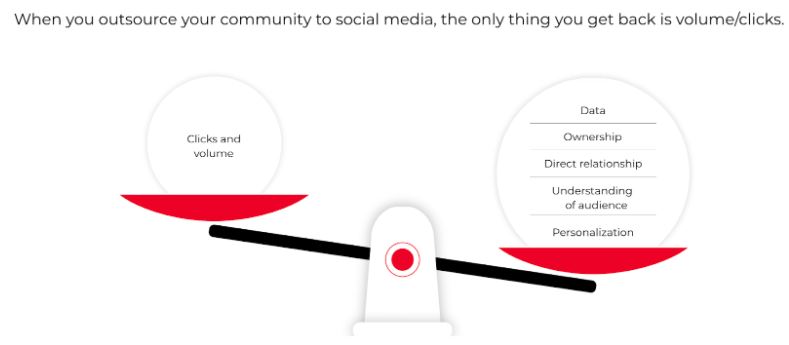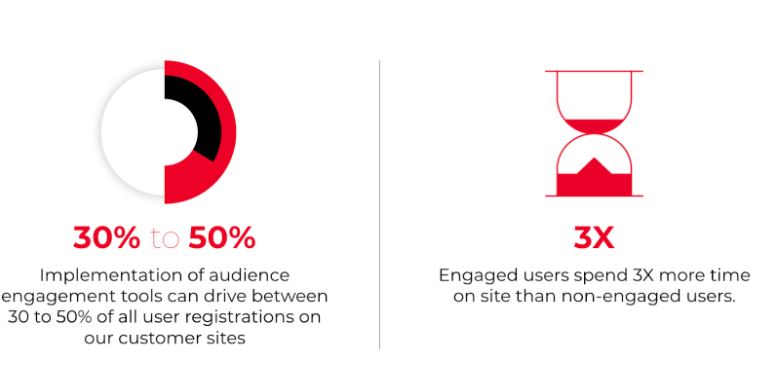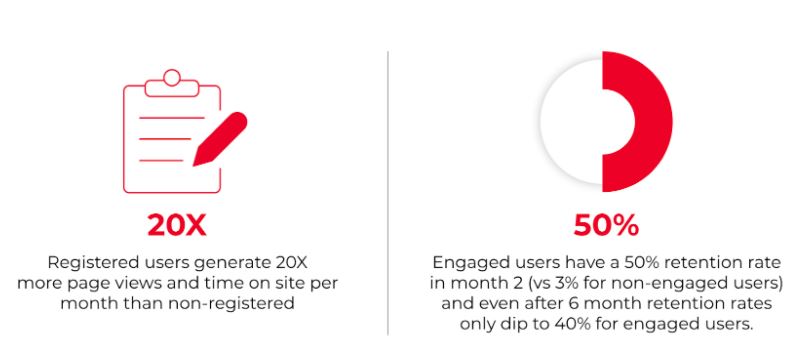A quick search of the Internet will show you a plethora of guides on using comment moderation features provided by popular social media platforms such as Facebook and Twitter. It comes as no surprise; the liberty of free speech is abused quite often on the web, where trolls and toxic individuals can hide behind the relative anonymity of their usernames. And at the scale on which some platforms operate, it’s impossible to have enough mods to catch and handle every single offensive comment or inappropriate post that gets left on their pages.
Comment moderation tools offer a relatively hassle-free way to keep your brand’s web platform a safe and inclusive space for everyone. Viafoura includes comment moderation functionality within our software suite, and we’re a big fan of using them to supplement your efforts to regulate and moderate the type of conversations and content that gets shared on your platform.
But successfully performing comment moderation takes more than just leaving it to the algorithm; any digital media brand that’s looking to develop the right kind of community around their content needs to understand the principles behind the act. This post aims to cover the essentials of comment moderation and how you can use them as the basis for your own approach to comment moderation on your website.
The importance of comment moderation
Comment moderation requires so much time and attention because failing to have proper measures in place can expose your community to profanity, abuse, spam, and other unsavoury elements. Not only does this harm your overall image as a brand, but it also discourages prospective audience members and first-time visitors from coming back. Every brand’s responsibility is to ensure that their community is healthy and free from this kind of toxicity, and comment moderation is just one of the methods that make it possible.
But note that the aim of comment moderation isn’t to suppress individual opinions or views that are critical or against your brand’s interests. There’s a fine line between moderation and censorship. Doing it for the right reasons is essential to ensuring your digital media brand nurtures a positive relationship with its audience. Focus on creating an environment that facilitates healthy discussion and respectful exchanges.

Tips towards impactful comment moderation
We mentioned earlier that if you’re looking to implement comment moderation on your platform, it isn’t enough to just rely on comment moderation tools. You need to form a cohesive strategy and comment moderation policy that aligns with your brand’s values. Here are some steps that you can take to get some ideas on a practical approach to comment moderation.
Plan for uncivil content with your comment moderation policy
Get your team together to predict possible responses to your content that might seem likely based on prevalent ideas and ongoing discussion about your topic. For example, if you cover a story on a political topic, expect supporters of the opposition to push their own beliefs and agenda. If your moderation team knows what to expect, they’re better prepared to handle the possible situations that may arise.
Comment moderation on Facebook as well as Instagram comment moderation are both meant to align with their terms of service, showing audience members that they’re consistent with their values. This can be a good starting place when looking to flesh out your comment moderation policy, since shaping your t comment moderation policy around your community guidelines also makes it easier for their audience to understand why your moderators take action against certain types of post and content.
Ensure your team knows your policy
Everyone on a ship needs to know how to sail, and everyone on your team involved in moderation and platform usage needs to know your comment moderation policy like the back of their hand.
Consider preparing a document with keywords or names that may indicate problematic topics that require extra attention. Take the time to go over the specifics, reasons, and practices of your comment moderation policy with anyone involved in the process, especially your moderators.
This will ensure that their actions and judgement remain consistent with your approach and the policy that you’ve put forward for your audience.
Enforce the comment moderation policy when necessary
Once you have the guidelines for comment moderation in place, you’ll need to prepare to enforce them. It’s not enough to put up the rules and expect that everyone will follow them; you’ll need to actively remove posts or edit them to align with your policies.
Remember that comment moderation should only be performed to steer the discussion towards safer spaces and remove outright harmful or toxic content that doesn’t serve much purpose. But you also shouldn’t be afraid to ban users outright when necessary; it’ll be much more beneficial for your customer acquisition and retention in the long run.
Still, depending on the scale of your platform, this can require a lot of manpower, which can be expensive and is based on the assumption that you can afford to hire the number of moderators needed.

Communicate and take breaks when necessary
Using communication software like Slack or Google Hangouts is a great way to keep your moderation team in touch and create a space where they can get support and depend on each other during busy times.
Your moderators can get clarification on topics they’re unsure about, and they can also feel more comfortable taking breaks knowing that the rest of the team can handle things in their absence.
These aspects of comment moderation are very important to keeping your team feeling empowered and supported, and it can help them work much more effectively to keep your comments free of any problems.
Conclusion
Comment moderation is an essential part of managing relations with your existing audience. It allows digital media brands to exert control over the type of content and discussion on their platform. But while comment moderation can easily be left to an automated system, it takes a structured, intentional approach to ensure that it functions successfully. Viafoura’s suite of tools is designed to promote community engagement and comes with comment moderation features that can easily be integrated and customized to suit your platform’s needs. Get in touch with us to schedule a demo and see how we can help you build a safe space for your community today!








